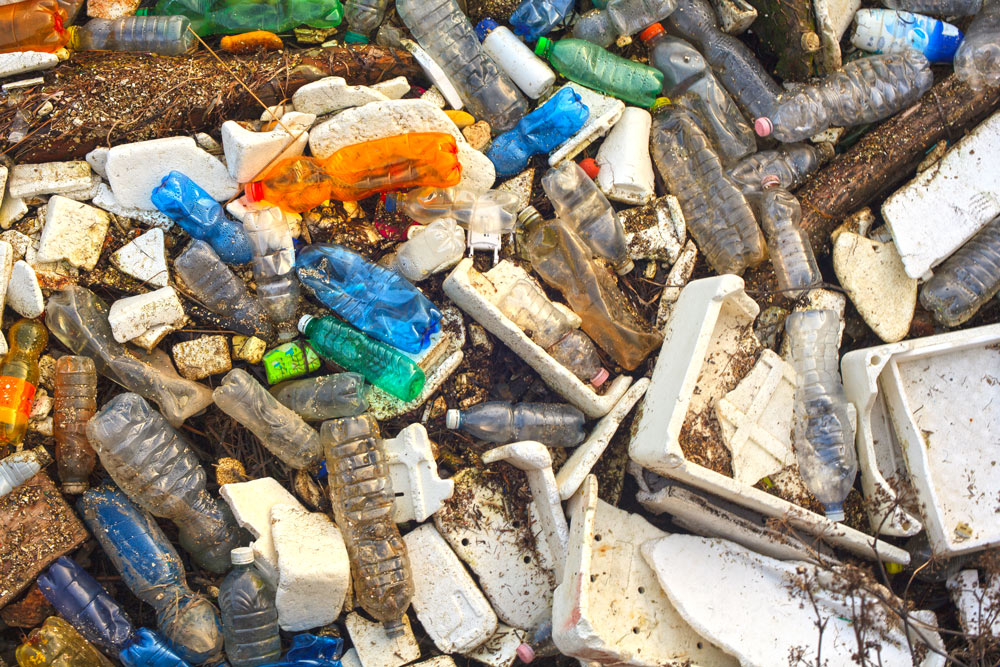Packaging Waste Increases as Online Shopping Hits Unprecedented Growth
Posted on: July 14th, 2020

As the COVID-19 pandemic continues to plague much of our globalized civilization, online sales continue to set records as more and more people are keeping to their homes. The more online shopping continues its unprecedented growth, the more packaging waste it contributes to an already stressed environment.
About one-third of an average landfill or dump site is made up of packaging waste. Additionally, for every $10 spent buying things, $1 (10%) goes for packaging that is thrown away. Packaging waste represents about 65% of household trash.
According to Adobe Analytics, U.S. online sales for June 2020 totaled $73.2 billion (up 76% when compared to June 2019, which rang in at $41.5 billion – still an impressive number).
While the vast majority of the U.S. has benefitted from a marginal drop in pollution (approximately 15%) due to the pandemics’ stay at home orders, the increase in online shopping could almost offset that but contributing more packaging waste than the system can handle.
In an article by Randy Hartmann, Senior Director, Affiliate Operations for Keep America Beautiful, he says, “In our current COVID-19 environment, this newfound awareness must be translated into action as online purchases and deliveries continue to become the norm, increasing the volume and dispersion of packaging materials in both the rural and urban areas. Working together, both the public and private sectors need to innovate and provide the recycling infrastructure necessary to collect and process these materials, while keeping frontline workers safe.”
One way to accomplish this is with more sustainable, protective packaging options. Manufacturers shipping products across the globe continue to utilize styrofoam (extruded polystyrene foam) as an inexpensive solution for their packaging needs.
But styrofoam is not recyclable in your curbside recycling bin due to the costs to clean and process it, as well as a limited market for the end product making it nothing more than packaging waste. That means styrofoam packaging ends up out in the environment where it’s estimated to take some 500 years (or more) to break down while leaching harmful chemicals into the atmosphere.
Sustainable, protective packaging solutions, created using molded pulp fiber slurries, are here right now to help combat this problem. They’re highly customizable, less expensive than many assume, and best of all, are biodegradable and recyclable.
Hartmann says, “Our natural environment is reacting to production and consumer habits. Now through innovation and partnerships, it is time for our recycling infrastructure and processing systems to also adapt and be enhanced to support a regeneration/circular economy.”
 ☰ Menu
☰ Menu